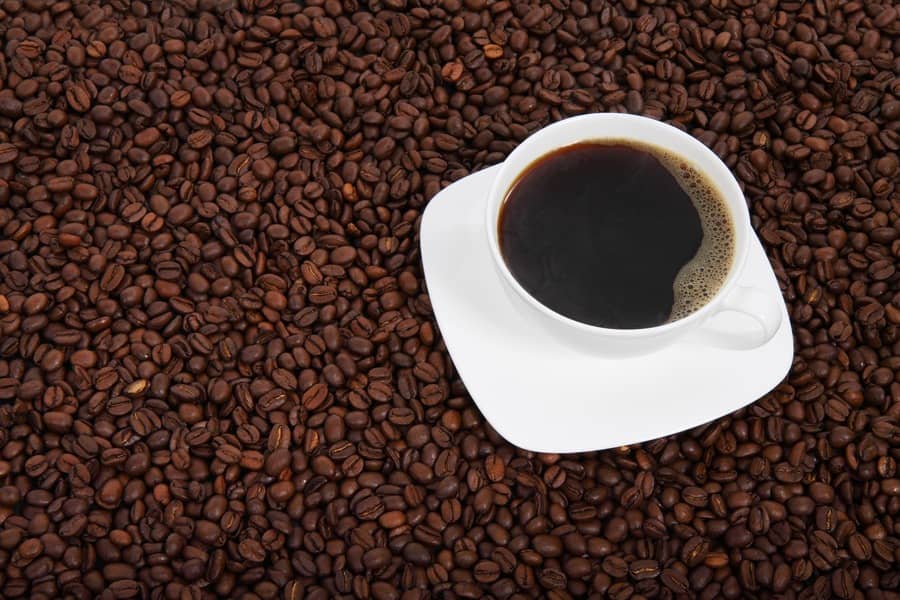Sales of the 24/25 crop have been increasingly slower, with growers maintaining the strategy of selling available coffee and holding positions with the future crop. Some movement with inputs is noticeable, with growers taking advantage of the good exchange ratio. But generally speaking, interest remains low. The small spread between the physical price and the indication for the new crop ends up holding back negotiations with Brazil’s 2024 crop. Furthermore, growers have avoided new-crop negotiations in advance, given the recent memory (frost in Brazil in 2021) of deliveries below market prices at the crop arrival.
The projection of La Nina at the beginning of the second half of this year makes the winter in Brazil more dangerous compared to last year, which also causes growers to hold back sales of the new crop a little. Even at the risk of strong negative pressure on prices given the larger coffee supply from Brazil’s 2024 crop, which promises to be greater than the previous season. Sellers’ interest tends to grow from March to May, with the first batches of new coffees appearing on the market, with some growers in need for cash to cover harvest expenses.
The preliminary idea raised by SAFRAS is that arabica sales are around 12% of the potential of Brazil’s 2024 crop. In the south of Minas Gerais, commitment is around 17%. In the Cerrado, it reaches 21% of production, in a year with lower load. In Mogiana, In the state of São Paulo, forward sales are at around 20% of the production potential. For conillon coffee, sales are at 6%, with the domestic industry less aggressive and exporters avoiding longer positions, preferring to work more on a hand-to-mouth basis.
In general terms, sales of the next Brazilian crop evolved to 11% of the production potential of the 24/25 season. A percentage below normal for the period, which is around 25%. Quite similar to last year, when sales were also very slow. In the case of arabica, sales reach 14% of the expected crop, compared to 30% on average for the period. Conillon sales total 6% of production, compared to 15% on average. This average, it is important to highlight, is inflated due to the strong forward commitments of the domestic industry in 2022, given the fear of a shortage. This year, the very high price of conillon scares away domestic buyers and makes room for an increase of the arabica share in the blend.

